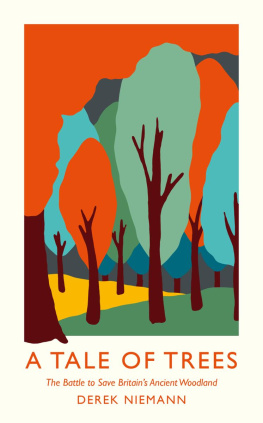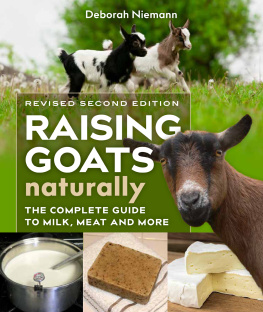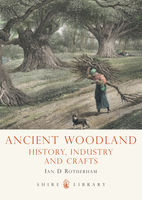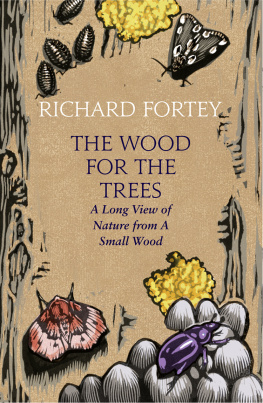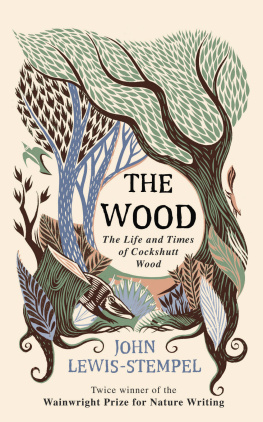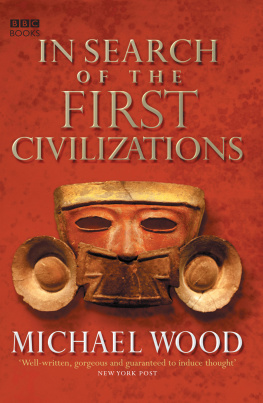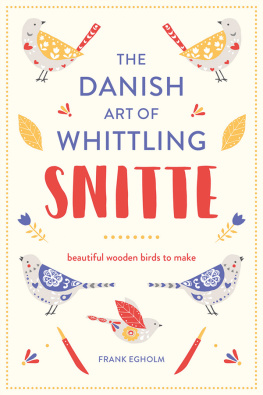Late in the summer of 1940, a German air crew flew far above the dogfighting Spitfires and Messerschmitts, high up in skies of cloudless serenity. As they passed over the land, one man prepared to shoot. He crouched down at an open hatch in the bottom of the fuselage, a place from which other planes would deliver their parcel of bombs. He manhandled into position a metal box the size of a microwave oven, then he reached over and began taking pictures.
That Luftwaffe reconnaissance aircraft, and many others like it, captured moments in time that have become timeless records of British landscapes. These aerial photographs show towns and cities on which bombs would rain down that autumn. They also reveal a countryside on the verge of harvest time, a land of straw-coloured wheat fields, meadows filled with wild flowers, and moors and heaths with purple heather.
Over the Highlands of Scotland, the photographers could make out lone pine trees that had been young when Bonnie Prince Charlie fled Culloden. They could spot the sinuous ghylls and cloughs of northern England, the oak woods on Welsh hillsides that rang in spring with the song of wood warblers, and the verdant dingles, copses, shaws and hangers that had bloomed primrose yellow, wood anemone white and bluebell blue.
At a height of 5,000 metres or more, those airmen could not appreciate the human intimacies of our ancient woods; the historical, cultural and social ties between woods and their settlements. These were written in the trees, the banks, ditches, and the ponds for thirsty cattle, and in the names themselves Harrys Wood, Spring Wood, Hollybank Wood, Long Leake Coppice, Bishops Wood, Earlstrees, Birkwood (the wood of birches).
Of course, the Germans never invaded, the land never became theirs, and the Luftwaffe crews would never come to walk in any of these special woods.
And nor can we. Not one of the aforementioned woods exists today. They were simply bulldozed out of existence, along with so many others. Thousands more had their oak, ash, birch and hornbeam trees cut down to make way for conifer plantations. In place of bluebells, we had Sitka spruce. In place of wood anemones, we had Sitka spruce. In place of primroses, we had Sitka spruce.
All of this happened at a frightening speed. It was said that, after the war, Britain lost more ancient woodland in 40 years than in the previous 400. Conservationists of the time estimated that, by 1985, more than a third of our ancient woodland had been destroyed. In 1983, a respected university academic had predicted that, unless the decline was halted, there would be no ancient woodland left outside nature reserves by 2020.
How on earth could we have let this happen? We are Britain, a nation full of self-confessed tree-huggers. We love our trees and our woods. We fill whole volumes with sylvan poetry and prose. When the coalition government of 2011 proposed selling off the public forests, it prompted the biggest blast of opposition so far this century. Half a million people signed a petition in a matter of weeks, costumed badgers prepared to march on Downing Street, dormice wrote their angry placards. The government hastily backed down, a minister resigned.
For 30 years, this question has gnawed away at me, and for a personal reason. My local wood just west of Cambridge is listed in the Domesday Book of 1086. For 30 years, I have walked Waresley Woods paths in all seasons, ended up wet and muddy, and shared with others the life-affirming first flush of colour in spring, baby badgers bolting through the undergrowth on a summers night, the tumble of falling leaves, the stillness of a bare-branched tree in snow. On the day I was born, it was three times the size it is today. And for 30 years, I have wondered how it could have been so easy for so much of it to simply disappear. It happened to this wood; it happened all over Britain. Why?
There were catastrophic losses in the second half of the 20th century because woods were neither valued nor understood as we understand them now, and because a whole series of factors came together to bring about their destruction. The statistics paint a partial picture. They tell us a certain wood was once x hectares and now it is y hectares, but they do not get inside peoples heads. They do not talk to the farmer who ploughed out a wood, the forester who cut down old trees, the nature lovers who failed to see what was happening before their eyes. Nor do they talk to the few who understood, fought the ravaging of our woodland heritage and saved what was left for our todays and tomorrows. This book is a tale of trees, but it is also a story about those tales, a story about people.
Britains most ancient woods of all are still with us. Their bare roots poke out like bony black fingers from the sheer side of a newly cut ditch in a highland strath. Waves curl round tree stumps a mile east of Rhyl promenade, molars in gums of sand. Bleached hazelnuts surface in the flotsam on a Lln beach, thousands of years after prehistoric winds shook them loose. And farmers ploughs churn through the dark soils of former fenland, encountering great gnarled branches and even whole trunks. Tractors haul them out into piles at the side of the field. They call this winter harvest bog oak.
These are the ghosts of the wildwood, primeval forest that covered much of Britain after the last Ice Age. It was followed by a wetter phase when it rained and rained, and whole forests were drowned. Scientists call the remnants we find today sub-fossils, but they are still, over 5,000 years later, recognisably wood. Hard as tropical hardwoods, they can be chiselled into sculptures, burned on a fire, or dropped into a fish tank as decorative shapes, oozing tea stain tannins into the water. And if they had remained in the ground for a hundred million years longer, they might have been crushed and transformed into coal.
In the absence of any written records, there are tantalising clues as to what this primeval forest actually looked like. About 3,000 years ago, our Bronze Age ancestors cleared a path through a forest at Thorne Moor in South Yorkshire and surfaced it with a trackway of parallel logs effectively an early boardwalk through what was becoming increasingly boggy ground. Under the bark of those timbers, modern archaeologists discovered a tiny, wood-boring species of beetle called Prostomis mandibularis. Not just one beetle, but whole generations. You could say this was their family tree.
It was a beetle that was anything but boring, for its habitat requirements were staggeringly exact. It needed to find a particular kind of oak tree; one that was living out in the open, unshaded by other trees, and at least 150 years old. At about that age, spaces begin to open up between earlier growth rings in an oak trees heartwood, allowing a certain kind of fungus to colonise the gaps. The fussy Prostomis burrowed through the outer bark and lived in these narrow corridors, eating the fungal wallpaper.
Long-held notions of a dense, impenetrable forest extending all the way from Lands End to John O Groats are undermined by both the living and the dead. The Prostomis beetle, which required isolated trees, is now extinct, but in prehistoric times it was both common and widespread throughout Britain. Furthermore, nearly three-quarters of our native plants grow in open habitats and only about a sixth flower in woodland.
Everything points to much of Britain resembling parts of todays New Forest in character, with plentiful wide, grassy clearings between well-spaced trees. How could natural processes create such a mixed habitat? Were wild boar, deer and now extinct cow-like aurochs the earliest woodland managers? The evidence is still inconclusive.
One thing we can be certain about is that there is virtually nothing left today of that pristine wildwood in the whole of Britain. Virtually, because it is possible that some of the tiny hazel woods on the Atlantic coast and islands of Scotland and the hazel-dominated rainforest ravines of North Wales are the last untouched fragments.

